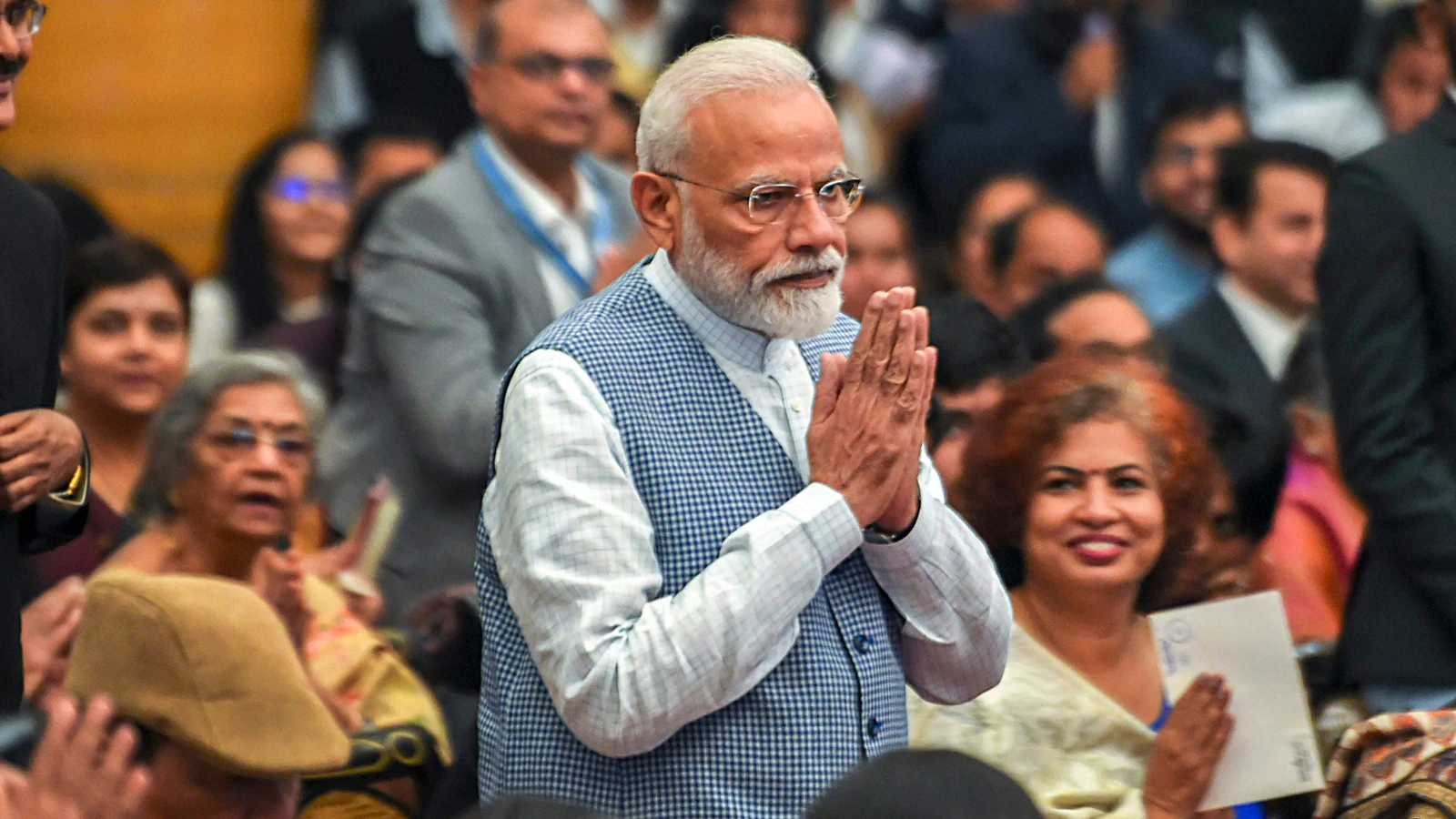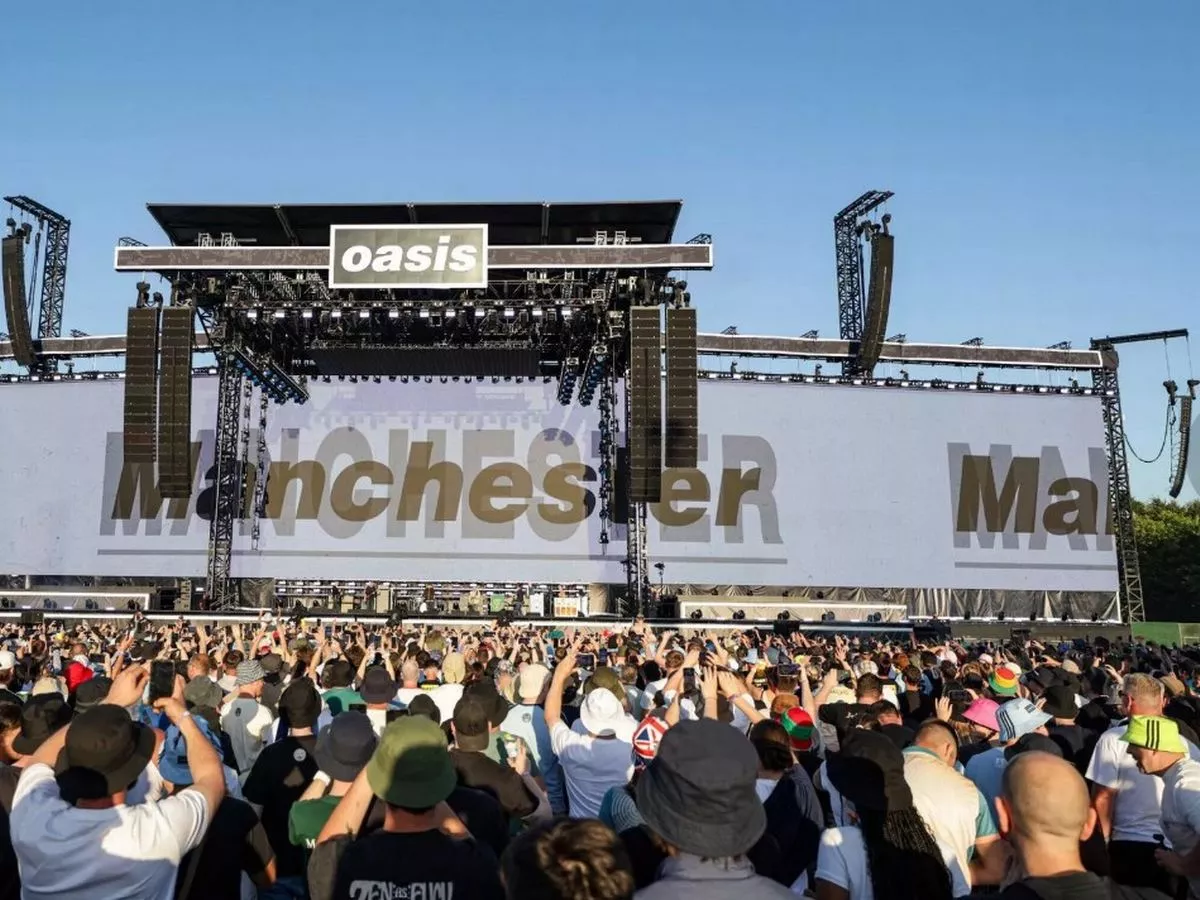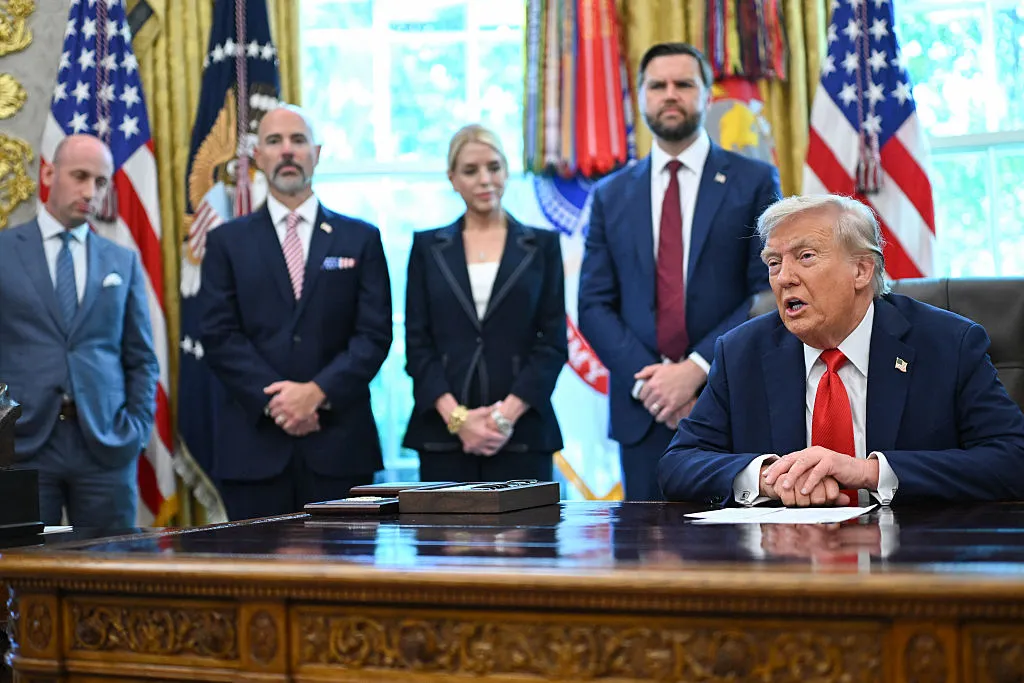By Abhijit Majumder,News18
Copyright news18

Even diamond, the toughest of substances, needs the right natural conditions, the right time, and the right mine in the right place to be born.
As PM Narendra Modi turns 75 and completes diamond jubilee, experts and observers around the world analysing his phenomenon tend to arrive at a central question: Did Modi trigger India’s new wave of nationalism or has the time thrown up a leader like him?
My book, India’s New Right, tries to address this question. While exploring Bharat’s revival of ‘swa’ or self-identity in economics, history, popular culture, narrative, gender, and other areas, the book infers that India’s Prime Minister sits right at the centre of this massive civilisational churn.
Below is an excerpt from the book.
“The time this book is about cannot be captured without mentioning the man standing at the centre of this cyclonic shift — Prime Minister Narendra Damodardas Modi. He is the protagonist looming in every page, every act of this ever-unfolding story.
Some argue that his politics and persona have set off this dramatic transformation. But it is more likely the other way around. The churn of time has thrown up Narendra Modi. No individual inspires the new Right or enjoys its trust more than Prime Minister Modi.
Even from his own words, the desire to effect profound and millennial changes, to set Bharat toward a distant, gilded future, and to brush with immortality is clear.
Here are excerpts from his recent speeches, including the one delivered after the pran pratistha of the Ayodhya Ram Mandir on 22 January 2024:
‘The government’s third term will lay the foundations of India for the next 1000 years.’
‘January 22nd, 2024, is not a mere date on the calendar, it is the origin of a new kaal chakra [long era].’
‘We have to expand our consciousness from Dev to Desh, Ram to Rashtra—from deity to nation’.
‘This is Bharat’s time, and Bharat is now going to move forward. After centuries of anticipation, we have reached here.’
Whether it is replacing King George’s Cross on the Indian Navy with an image of Chhatrapati Shivaji; renaming Aurangzeb Road, Allahabad, and Aurangabad; or installing the sengol from Tamil Nadu (the Hindu spiritual symbol of justice, transfer of power, and good governance) in the new Parliament, Modi displays an irrepressible intent to decolonise.
In a speech, he said that whenever we get a glimpse of colonial slavery, even in the tiniest of things, within us or around us, we have to liberate ourselves from it.
In another speech, he mentioned:
For India and the many nations around the world, for countless generations, living in the shackles of colonialism had been a compulsion. Since the time of India’s independence, a post-colonial era started around the world. Many nations got freedom. Today, there is no country which exists ostensibly as a colony of another country. But that does not mean that the colonial mindset has ended.
He also made digs at his main political opponent, the Congress, ‘Who was inspired by the British? […] If you were not influenced by the British, then why did Bharat’s budget come at 5 o’clock in the evening, because the British Parliament started in the morning?’
This urge to decolonise and revitalise a wounded civilisation is leaving a long, concrete trail of actions. The Modi government has spent nearly Rs 7,000 crore on 122 projects to revive civilisational places of pilgrimage. From opening the Ram Mandir to the BAPS Hindu Mandir in Abu Dhabi to the Shrinathji Temple in Bahrain, he is personally spearheading a civilisational revival. Part of that is the restoration of the Somnath Temple in Gujarat, Char Dham, Kedarnath Temple in Uttarakhand, Kalika Temple in Delhi, Gyanvapi corridor in Kashi, Mahakal corridor in Ujjain, and the Martand Sun Temple, as well as the 700-year-old Mangaleshwar Bhairav Temple among fifteen temples in Kashmir.
Modi steers his actions along the path of Sri Aurobindo and Swami Vivekananda, who believed that ‘aatma bismriti’ or self-amnesia leads to ‘aatma ninda’ or self-abuse, ‘aatma heenata’ or low self-esteem, and destroys ‘aatma biswas’ or self-confidence.
Besides the civilisational revival, Modi’s highway of self-sufficiency and national pride branches out to every sector, from yoga to millets, from patents to Make in India in defence and other sectors.
Modi has convinced this generation that the freedom struggle, which was incomplete in 1947, is now being completed.”
(Abhijit Majumder is the author of the book, India’s New Right. Views expressed in the above piece are personal and solely those of the author. They do not necessarily reflect News18’s views.)



